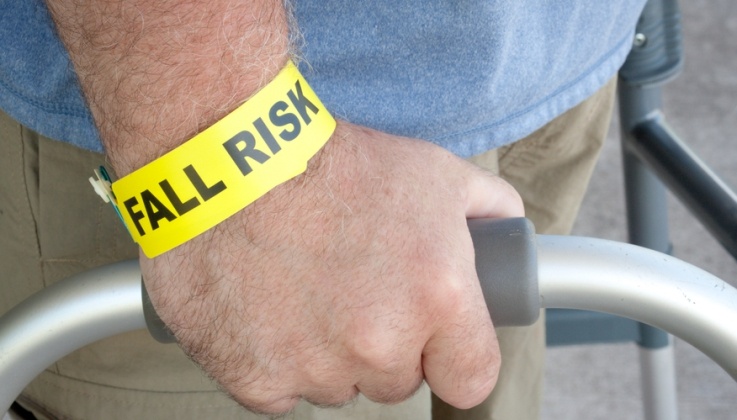
QA reports can be a valuable tool in your risk management efforts — if they’re giving you the information you truly need. Your EHR might be holding a lot of data, and perhaps you get a few QA reports too. But do you have clear, comprehensive reports that benefit your facility, staff, and residents?
LTC communities need insightful and industry-specific QA reports that can shed light on incident risk factors, trends within your organization, and how your facility measures up to others in the industry.
If you don’t have this information at your fingertips, the following reports can take much of the guesswork out of your QA efforts.
Frequent Faller and Special Focus Residents
Part of any effective incident prevention strategy is knowing who’s most at risk for a fall or other critical incident. Instead of trying to implement a generalized prevention strategy that doesn’t touch specific risk factors, you can focus on concrete data that will help you avoid incidents. This information enables you to be proactive and informed about residents who are high risk due to history or medical conditions.
An important component of these reports involves resident-specific trends of the type of incidents that residents have experienced in the past, as well as the frequency and severity of each one. With this information, you have the power to provide the most effective care for high-risk residents with real-time data. This can not only keep your high-risk residents safer, but it will improve your quality of care for all your residents.
Frequency Trends for Incidents
Often, incidents in long term care have a common denominator. It could be a location, a time of day, a certain staffing shift, or another factor you’ve never considered. But you may not know what this link is without the right report to show it to you.
Frequency trends can show you the who, what, when, and why of critical incidents within your facility and across your organization. You’ll be better able to pinpoint where problems are happening and why, helping you get the most out of your QA efforts.
Benchmarking
It’s no secret that the LTC industry is competitive. But you can’t effectively address your competition — and be an industry leader — without knowing where you stand. Informative benchmarking reports can shed light on how your competitors are doing and help you understand how your facility can reach optimal levels of quality care.
Unfortunately, many skilled nursing and assisted living facilities don’t have this information. Your EHR data can’t compare you to peers and competitors, so you don’t know where you should focus or identify areas for improvement.
In addition, organizations that have multiple communities should be in the know about the success of QA efforts at each facility with one cohesive reporting system. Often, there are trends and patterns that could benefit from a corporate-wide approach, but you won’t know how to address them without this information.
If you have timely and accurate benchmarking reports, you may find that you’re able to be at your best as an organization and stay a step ahead of the competition.
The Best Reports Are the Ones You’ll Use
It’s not only the information, but the way it’s presented, that makes a difference in QA reporting. Don’t settle for lengthy data logs that occupy your time and require interpretation. Chances are, you won’t use them. You need reports that are clear, concise, customizable, and up-to-the-minute accurate to produce the best QA results at your organization.
Next Steps
- Follow us on LinkedIn
- Get more great content — subscribe to our blog
- See QA Reader in action — request a live demo

